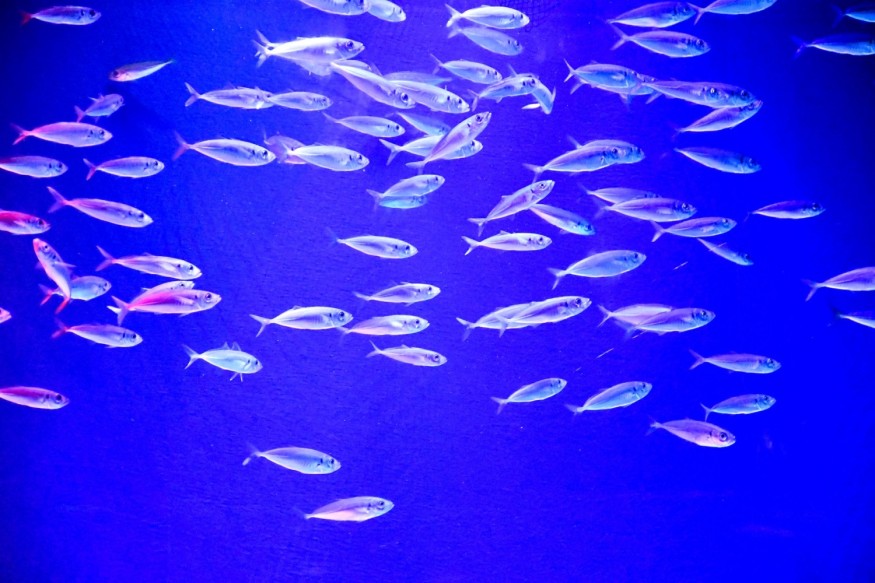Mosquito Bay is one of the several bioluminescent marine ecosystems across the globe that fascinates locals and tourists alike.
Despite its contenders, this glowing bay in Vieques, Puerto Rico, is the world's brightest bioluminescent bay.
The bay's glow that resembles a blue-green light is thanks to small living organisms called dinoflagellates, which convert chemical energy into light.
Due to its world-class beauty, Mosquito Bay is well-protected, and Puerto Rican authorities prevent people from swimming into its water but are allowed to touch or splash their hands on it.
While the surface of the bioluminescent bay is known among tourists and kayakers, the science behind this phenomenon is deep below its waters, which includes a fragile ecosystem.
What is Special About Mosquito Bay?

Although there are "mosquitoes" in Mosquito Bay, the insects are not the special thing about this body of water, but rather its unique natural environment and the creatures that inhabit it.
Located on the Caribbean Island of Vieques, off the coast of Puerto Rico, Mosquito Bay is named after "El Mosquito" which is a ship owned by a famous Puerto Rican pirate, named Roberto Cofresi.
To avoid capture, Cofresi hides his small ship in the said bioluminescent bay, which is connected to the Caribbean Sea through a small inlet.
Due to its famous glow, the Guinness Book of World Records in 2006 recognized the Vieques' Bay as the world's brightest bioluminescence effect.
Since then, the bay has been recognized internationally.
What is Bioluminescence?
Bioluminescence is a biological phenomenon, rather than weather or climate, which pertains to the production and emission of light by a living organism.
Bioluminescent creatures are found throughout marine environments, ranging from the ocean surface to the deep seafloor, according to the National Oceanic and Atmospheric Administration (NOAA).
The NOAA explained that the light particles emitted by bioluminescent organisms is made possible by energy released due to chemical reactions occurring inside these creatures.
As mentioned earlier, dinoflagellates like the Pyrodimium bahamese or "swirling fire" are responsible for the light in Mosquito Bay.
Scientists estimated that there are approximately 700,000 of these bioluminescent organisms per gallon of water in the bay.
Bioluminescent Animals
Although the purpose of bioluminescence is not evident for all animals that possess them, this biological feature is used to warn or evade natural predators. This glowing light is also used by some animals to lure or detect their prey, as well as for communication between members of the same species.
Aside from dinoflagellates, a group of phytoplankton, there are also larger creatures that are also capable of glowing themselves.
Some of these bioluminescent animals include the following:
- Bioluminescent octopod
- Lanternfish
- Midwater squid
- Atolla jellyfish
- Scaly dragonfish
- Cockatoo squid
- Midwater sea jelly
- Short-nose green eye fish
Despite the abundance of bioluminescent animals, scientists assert that bioluminescence is not present on animals in higher vertebrates above the fish, particularly mammals.
Related Article: Why Do Those Bugs Glow? For Some, Bioluminescence is Just a Mistake
© 2026 NatureWorldNews.com All rights reserved. Do not reproduce without permission.





